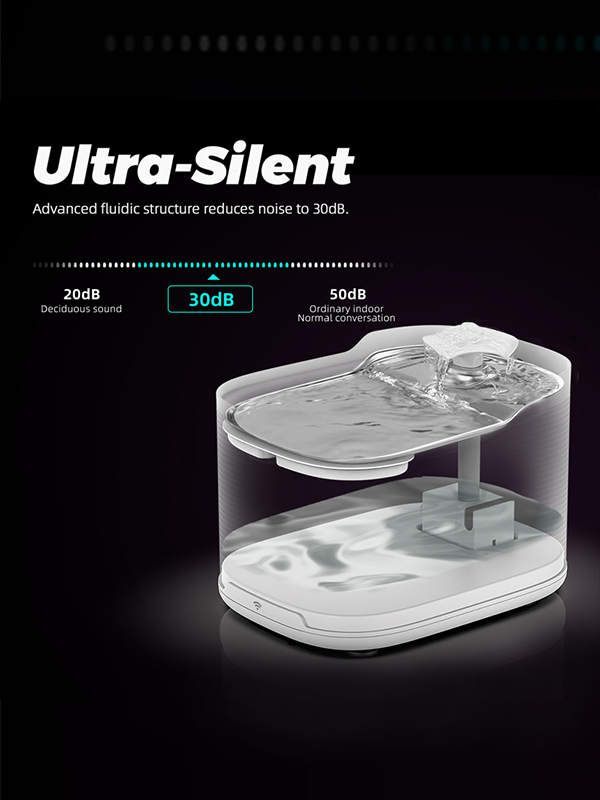1. Fountain Won't Run
If the fountain stops entirely, begin with the basics: check power and inspect the pump. Many pumps stop because of clogs (hair, food debris) or because they ran dry and burned out.
Fixes:
Unplug the unit, remove the pump, rinse and clear debris from the impeller and intake. If cleaning doesn't help, most manufacturers sell replacement pumps. For step-by-step cleaning instructions for common models, see PetSafe's cleaning guide.





